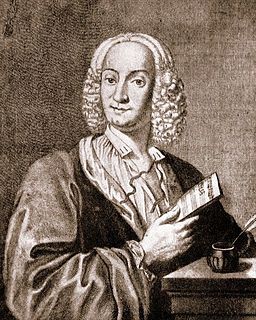When it comes to learning a new piece, knowing how to practice correctly is essential. Good practicing is about developing problem solving strategies, efficient use of time and constant evaluation. Young Suzuki students depend on the parent to structure well disciplined practice sessions that will facilitate the mastery of a new piece. As students approach the teenage years, they are able to work successfully on their own.
Here are ten points that parents and students should keep in mind when learning a new piece:
1. Listen repeatedly. This is the core of Dr. Suzuki’s “mother tongue” approach. When it comes time to learn a new piece, both the student and parent should know the music well after months of daily, repeated CD listenings and group classes. As students begin to develop a deeper association between the pitch in their “ear” and the corresponding place on the fingerboard the learning process is sped up dramatically. Later, when note reading is introduced, the player will see patterns of notes, “hear” them and then play them in a process that comes together in a split second.
All great composers hear music in their inner “ear.” In one story, the young Mozart traveled to Italy, heard a long choral piece performed once and went home and proceeded to copy the entire score note for note. Beethoven was able to continue to compose after he lost his hearing because of his ability to hear music in his head.
As students become more advanced, it is important that they listen to as many different recordings of a piece as possible. The goal should never be to parrot back someone else’s performance, but to consider many different interpretations and then to find your own.
2. Isolate sections that are more difficult or present new technical challenges. I often give my students exercises when they are confronted with a new technical challenge. After focusing on a specific problem and solving it through correct repetitions, the rest of the piece often falls into place. You will be able to structure your time in the most effective way by getting a head start on these challenges.
3. Slow down. Allow the fingers and bow arm to get wired in the right way from the beginning. For less advanced Suzuki students, the parent should make sure that in the beginning each step is isolated. Play, stop the bow, quickly set the finger, wait, play the next note, make a quick string crossing, wait, play the next note. This type of practice leads to quick mastery of the piece. Physical motions are efficient and no wrong notes or extra motions are ingrained.
4. Use verbal and physical cues. Parents can help young Suzuki students by calling out the correct finger after each bow stop. The parent can also mime the correct bowing in the air with their right arm. Even though the student’s eyes remain down on the violin, this is a helpful peripheral visual cue. Sing or play along on the piano or another instrument if possible.
5. Take one goal at a time. Consider what makes a particular passage difficult and quickly address it. Focus on that one goal and try to achieve it through many correct, slow repetitions.
6. Repeat only a few notes at a time. In some ways, learning a new piece is like sanding a table. Work out a small section and then move on. Gradually more and more of the piece will take shape. It is also important to start in different places in the middle of the piece and play them out of context.
7. Listen carefully and evaluate. Are you creating the phrase that you want? Are you in the correct part of the bow and are you using the right amount of bow speed and weight? Is the rhythm good? Is everything in tune? If you hear an out of tune note go back to the preceding note and try again. Once you get it it tune, look at your fingers, memorize the feeling and distance between fingers. Are you playing with the indicated dynamics? There is a lot to think about, but you want to catch any mistake immediately before it becomes a habit.
8. Isolate left and right hands when necessary. If you encounter a bowing issue, take the bow separately and play on open strings. Set the fingers of the left and play pizzicato (or plucking the strings) so you can focus only on the left hand.
9. Maintain relaxation and good posture. Notice when tension creeps in and shake your hands and arms out. Renew a feeling of soft, cushiony relaxation in your hands.
10. Be patient and persistent. Continue to play slowly and acknowledge that it may take some time to get a new piece in your fingers. Make sure you continue to practice every day. You will probably see a sudden jump in progress that is the result of your cumulative work.
Here are a few more posts on practicing that you might enjoy reading.



